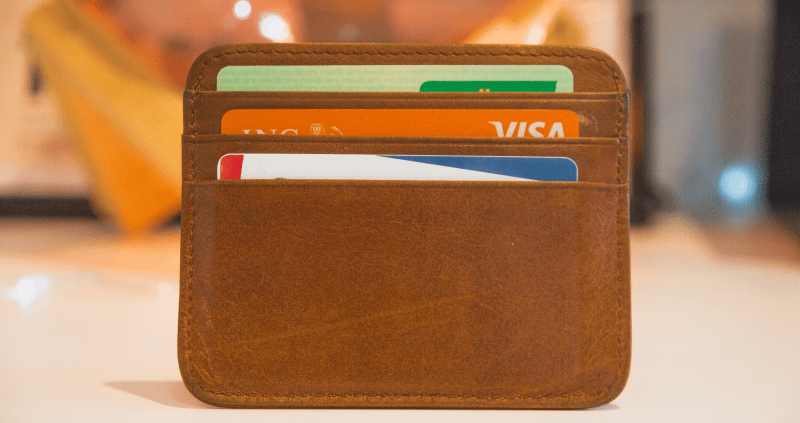Get Your Debts Under Control
Owing money or falling behind on repayments can be stressful. The good news is there are steps you can take to relieve the financial pressure.
If you’re in crisis and struggling to buy food and pay for essentials, visit Money Smart’s Urgent Help with Money page.
1. Know what you owe
The first step is to get a clear picture of what you owe.
Make a list of all your debts, showing:
- how much each debt is
- the minimum monthly repayment (if any)
Include credit cards, loan repayments, unpaid bills, fines and any other money you owe.
Then add up all the debts to see how much you owe in total. It may be confronting, but remind yourself that you’re taking charge of your money. And that’s a good thing.
2. Work out what you can afford to pay
The next step is to work out how much you can afford to pay towards your debts.
Compare money in and money out
List all the money you have coming in each month (income), such as salary or benefits. Then list all the money going out (debts and expenses), for things like food, rent or mortgage, credit cards, electricity, phone and transport.
Tally these up, then compare money in and money out.
Maximise your entitlements and find savings
If your income has dropped because of the coronavirus, contact us to see if you’re eligible for financial assistance through the Australian Government’s Economic Response Package.
If you have more money going out than coming in — it’s time to make some choices. Think about what are:
- ‘needs’ (can’t do without)
- ‘wants’ (could do without, at least for a while)
Identify some expenses that you can cut or reduce. Be realistic — don’t make it impossible to stick to.
3. Prioritise your debts
Work out which debts are your priority debts and try to pay them first if you can. Priority debts include:
- rent or mortgage payments
- council rates and body corporate fees
- electricity, gas and water
- car repayments — if you need your car for work or essential travel
If you can’t keep on top of these you can request financial hardship.
You could also request financial hardship for lower priority debts like:
- internet and phone bills
- credit cards
- payday loans or consumer leases
The National Debt Helpline has a step-by-step guide and can help you to prioritise your debts – click here to visit their website.
4. Build Your Savings
Use any surplus you have each week to build an emergency fund. This will provide a financial safety net to cover any unexpected expenses or future changes to your income.
5. Seek Assistance
If you’re feeling overwhelmed, it is great to talk to a free, confidential financial counsellor via the National Debt Helpline — 1800 007 007
They can explain your options and help you make a plan.
Or if you understand your issues, and just need someone to make it easier to get back on track, contact our expert accounting team.
We can assist you in building a personal or business plan for your finances – and get you on the path for a stress-free financial future.
This article was sourced from www.moneysmart.gov.au





